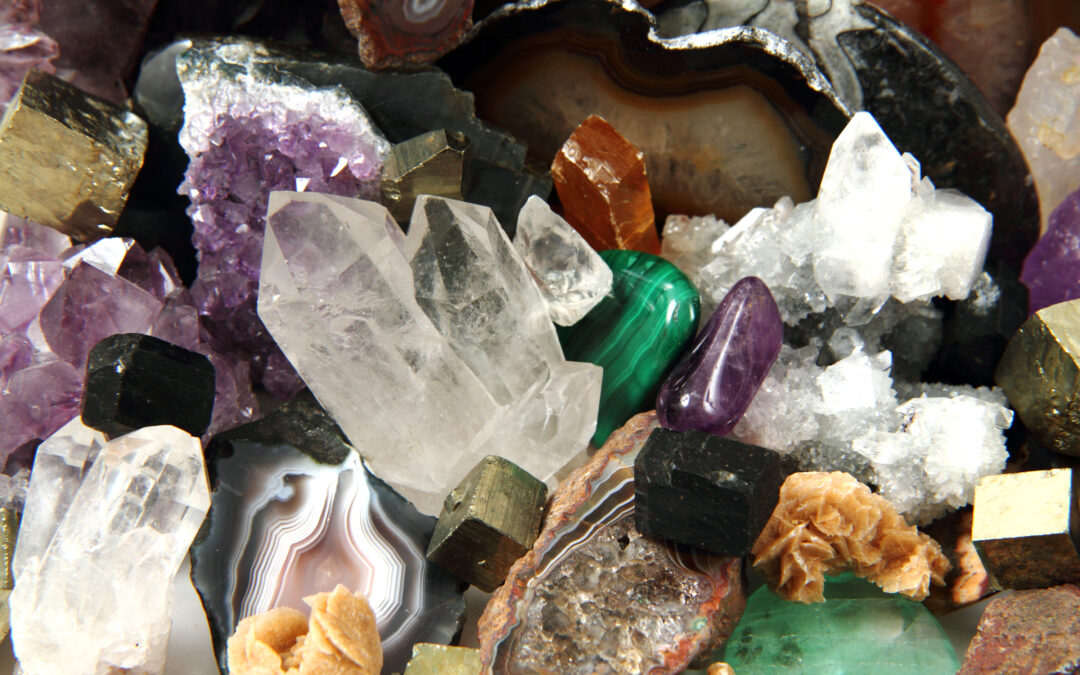Crystals are more than just beautiful gemstones—they are scientific marvels shaped by nature’s precise rules of geometry and chemistry. Their unique structures form when atoms and molecules arrange themselves in repeating patterns, growing slowly over time.
Some of the most well-known crystals, like quartz, amethyst, and diamonds, take millions of years to develop under extreme pressure and heat deep within the Earth. Others, like snowflakes and salt, form much more quickly but still follow rigid geometric principles.
Beyond their beauty, crystals have practical uses in modern technology. Quartz is used in watches to keep time, silicon crystals power computer chips, and certain synthetic crystals play a role in lasers and medical imaging.
Crystals remind us that mathematics and nature often go hand in hand, turning tiny molecules into breathtaking natural wonders.


